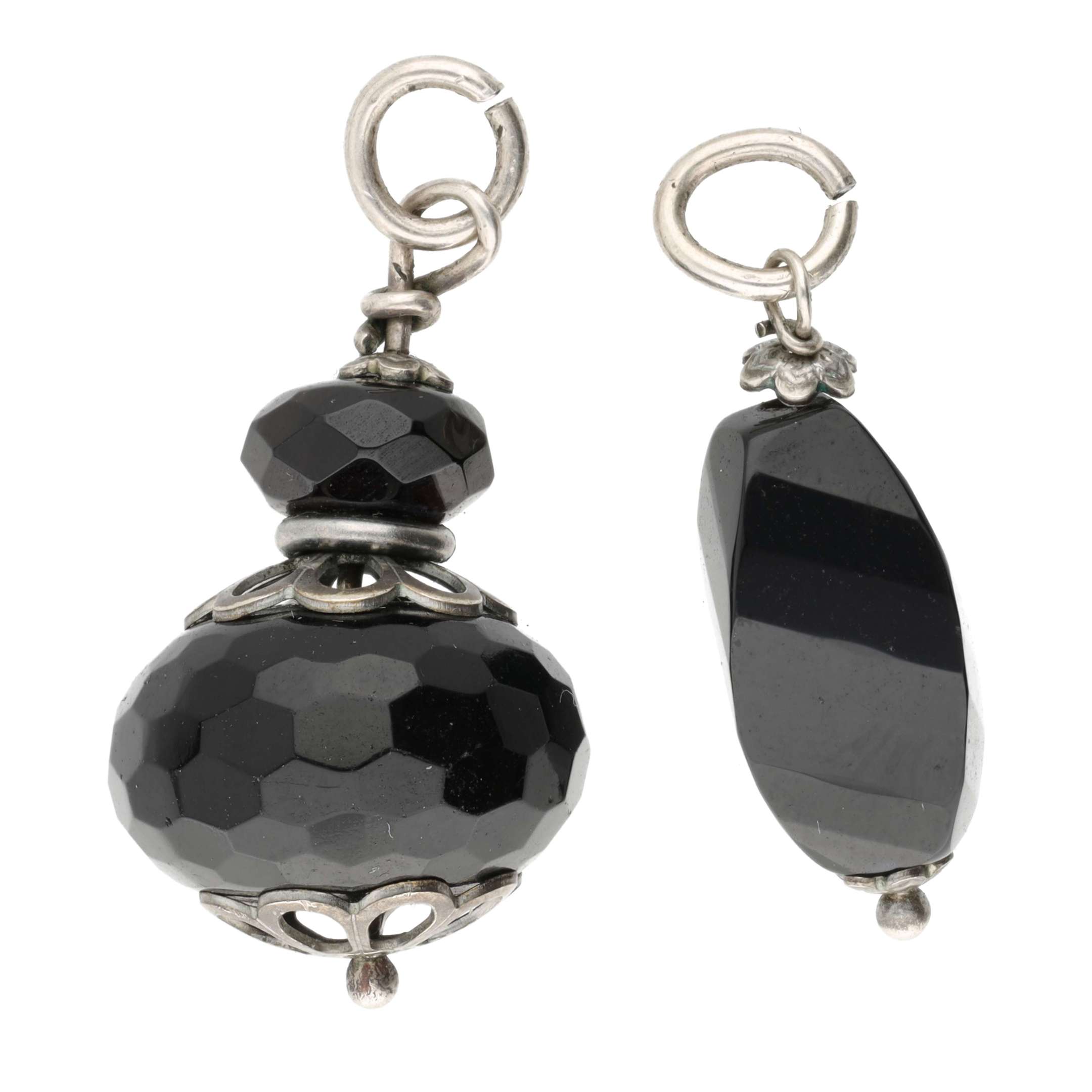338
January Uprising 1863/1864 - Black Mourning Kontusz Buttons
The black mourning kontusz button is a unique element of the Polish national costume, worn during periods of national mourning, particularly during the partitions of Poland, when it served as a symbol of resistance against oppression and remembrance of the lost independence. It became especially symbolic during and after the January Uprising (1863–1864), when the national dress transformed into a manifestation of patriotism.
Unlike the traditional, elaborately decorated silver or gold kontusz buttons, the black mourning button was made from less expensive materials or painted black, symbolizing mourning. Its simplicity was an intentional gesture, expressing solidarity with the nation, modesty, and defiance against the partitioning powers. It was often worn with black clothing, which became popular among the Polish intelligentsia and nobility as a way of expressing rebellion during times when patriotic demonstrations were prohibited.
During the January Uprising, the black kontusz button and mourning attire became part of the so-called "patriotic fashion." Both women and men wore jewelry and accessories in subdued colors, often adorned with national symbols such as eagles or anchors, while men donned simplified kontuszes with mourning elements, including black buttons and the kontusz button.
Today, the black kontusz button is a rare and highly valuable historical artifact, serving as a reminder of the dark, yet hopeful times of the struggle for independence. It symbolizes both mourning and the unyielding will of the Polish nation in its pursuit of freedom.
The black mourning kontusz button is a unique element of the Polish national costume, worn during periods of national mourning, particularly during the partitions of Poland, when it served as a symbol of resistance against oppression and remembrance of the lost independence. It became especially symbolic during and after the January Uprising (1863–1864), when the national dress transformed into a manifestation of patriotism.
Unlike the traditional, elaborately decorated silver or gold kontusz buttons, the black mourning button was made from less expensive materials or painted black, symbolizing mourning. Its simplicity was an intentional gesture, expressing solidarity with the nation, modesty, and defiance against the partitioning powers. It was often worn with black clothing, which became popular among the Polish intelligentsia and nobility as a way of expressing rebellion during times when patriotic demonstrations were prohibited.
During the January Uprising, the black kontusz button and mourning attire became part of the so-called "patriotic fashion." Both women and men wore jewelry and accessories in subdued colors, often adorned with national symbols such as eagles or anchors, while men donned simplified kontuszes with mourning elements, including black buttons and the kontusz button.
Today, the black kontusz button is a rare and highly valuable historical artifact, serving as a reminder of the dark, yet hopeful times of the struggle for independence. It symbolizes both mourning and the unyielding will of the Polish nation in its pursuit of freedom.
Antique Militaria & Medals Sale
Sale Date(s)
Venue Address
General delivery information available from the auctioneer
Important Information
Payment via Bank Transfer Only!! Postage Quote can take up to 7 working days. Please contact the auction house directly!
The Auction House may ship or transport the Object(s) on behalf of the Buyer at the Buyer's risk, to the address indicated by the Buyer. Auction House will make every effort to ensure that the Object(s) is duly protected for the duration of transport, but will not be held liable for damage to or loss of the Object(s) resulting from transport or shipment. The cost of shipping or transport as determined by the Auction House will be paid in advance by the Buyer.
Collection of the Object(s) should take place within 21 working days (7 days for Oversize Object(s) ) from the date of the Auction. After this deadline, the Auction House transports all sold Object(s)s to the warehouse and the Buyer will be charged with the costs of transport and storage.
After the expiry of 21 working days (7 days in the case of Oversize Object(s) ) from the date of the Auction, the risk of loss and damage to the unclaimed Object(s) shall pass to the Buyer and the Auction House shall be relieved of further insurance liability of the Object(s).
The amount of storage and transport charges will depend on the warehouse operator and the type and size of the Facility. Acceptance of these rules is tantamount to acceptance of the rules of the storage company. In case of storage of an Object(s) in the premises of the Auction House, the Auction House is not responsible for damage and condition of the Object(s) and may charge a daily storage fee of 10.00 PLN per Object(s), or 50.00 PLN per Oversize e Object(s).





